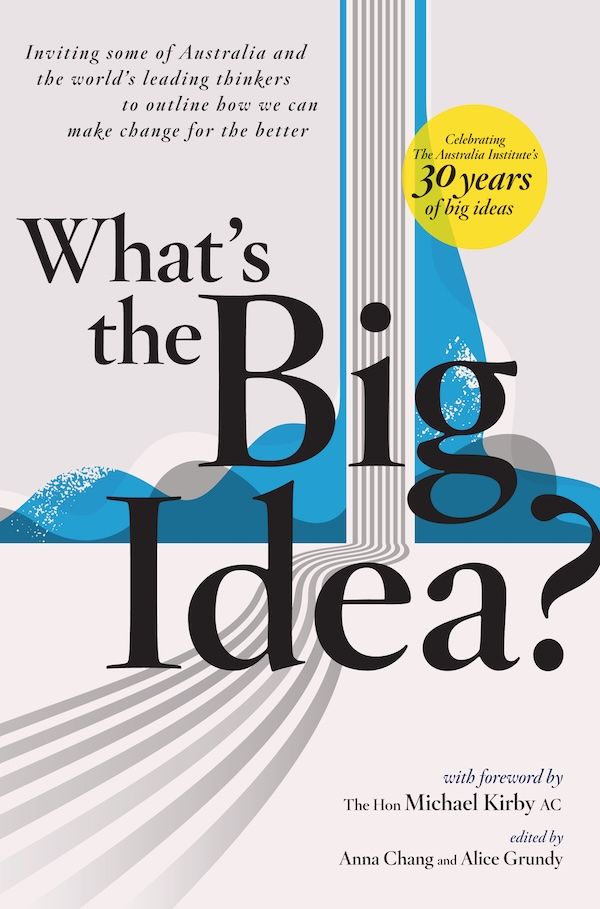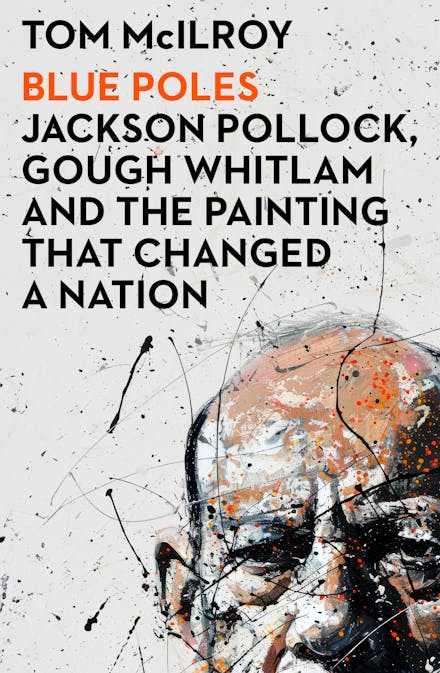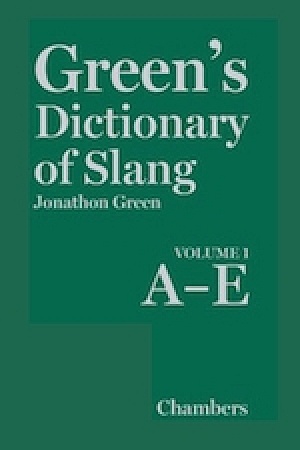Colonial Voices: A Cultural History of English in Australia 1840—1940
Cambridge University Press, $160 hb, 326 pp, 9780521516310
Colonial Voices: A Cultural History of English in Australia 1840—1940 by Joy Damousi
This is a book about the role of English speech in the creation and spread of British colonialism in Australia, about the eventual disintegration of this imperial speech and its values in the colony now transformed into a nation, and about the emergence of the ‘colonial voices’ of the title, ‘prophesying’ and enacting a metaphoric ‘war’ against their ‘ancestral’ master, and forging a new identity that is ultimately expressed in Australian speech.
In focusing on a history of ‘speech sound’, Joy Damousi deliberately places her research within a relatively recent historical approach, one that attempts to address and redress the fact that historical research has traditionally focused almost exclusively on written and visual evidence, ignoring the spoken and auditory. She reminds us that the written word, especially from the eighteenth century onwards, was typically spoken and listened to. In nineteenth-century Australia, for example, parliament, church, and stage were platforms for oratory, but words were sounded out on indoor and outdoor stages of many kinds: public political meetings, open-air religious meetings, various forms of stump oratory, debating societies, the public reciting of poetry and other literary texts, penny readings, school speech days, and so on. In the home, too, families often read texts as a group. In a slightly later period, Damousi traces the careers of Alfred Deakin and Vida Goldstein from the perspective of how their voices were received and judged by their audiences. The twentieth century introduced technological sound, first via the radio and then via the ‘talkies’, and Damousi concludes her argument about the history of speech in Australia by focusing on the way Australians engaged with these new auditory sources.
Damousi’s primary sources for accessing the ‘speech sounds’ of the past are elocution manuals. The formal study and teaching of elocution (called both elocutio and pronuntiatio in the tradition of rhetoric) has a long history, from the time of Cicero and Quintilian, through the medieval preaching manuals, and into the Renaissance, but its widespread use as an instrument of teaching and as a fashioner of social behaviour belongs to the eighteenth century, a time when many British writers and intellectuals were concerned with ‘fixing’ (or ‘ascertaining’, as they called it) the English language. Manuals of elocution proliferated in the eighteenth century, and the tradition continued strongly through the nineteenth century and into the twentieth. They were popular in Australia in the nineteenth century, and although most were products of Britain, Australia also produced its own: Thomas Padmore Hill’s The Oratorical Trainer was first published in Melbourne in 1862, went through fourteen editions, and was one of the most popular books of its time.
While the elocution manuals might appear to focus primarily on innocent matters such as clarity of diction and appropriate modulation of the voice, they were in fact carriers of specifically British cultural and moral values. British English was the very embodiment of civilised values. Damousi demonstrates, for example, that in early colonial Australia it was assumed that, by teaching English to the indigenous people, they would become civilised and therefore English; where it was perceived (typically in court proceedings) that indigenous people could not understand English, this was taken as proof of their inability to be or become civilised – indeed, their inability to be English. In many subtle ways, of course, English carries its very English values and attitudes embedded in its vocabulary. In the elocution manuals, these values and attitudes are even more explicit, especially when, as Damousi shows, modes of speaking are used to classify class, race, and gender. The elocution manuals disseminated an exclusively English view of behaviour and manners throughout the Empire, and they were an integral part of the spread of Empire and English: ‘Language and speech helped to define, promote and empower an imagined “British” community.’
There has been some debate about precisely when the notion of ‘correctness’ in the English language took on board a set of vowels and diphthongs that at some stage became the core of ‘Received Pronunciation’. Of course, even in the eighteenth century there were protests about the vulgarity of many regional or dialectal accents, but this in itself has never been evidence to prove that the protestors had at hand a palette of acceptable vowels and diphthongs. It simply proved that the dialectal extremes of Yorkshire, Somerset, and the like were de trop. Damousi’s analysis of the English and Australian elocution manuals supports the view that Received Pronunciation was a late development, and significant comments about the quality of (especially Australian) vowels and diphthongs do not appear until the 1880s. Damousi mentions G.B. Shaw’s 1912 Pygmalion in her introduction. Henry Sweet, one of the models for Henry Higgins, published his main work on phonetics and dialects in the late 1870s and 1880s. Pygmalion is the perfect product of its time; it would have been inconceivable forty years earlier.
Once elocution took on the new standard of ‘correct’ vowels and diphthongs, the stage was set for the battle over the accent of Australian English that Damousi charts in the final part of the book: ‘Language became a metaphor for dependence as well as independence. The British Empire found its voice and power through colonialism, so to speak, and the emergence of Australian English was a challenge to the hegemony of British speech.’ It had been my impression that, in the public domain, the supporters of the Australian accent were a relatively small group, led by the Sydney linguist A.G. Mitchell as Sir Galahad, supported by the Sydney journalist and historian of Australian English Sidney Baker as a loyal Sir Bors. Damousi demonstrates that the debate over the status of Australian English was more lively and thoroughgoing than has hitherto been documented, and that the ABC and supporters of Cultivated Australian were not as firmly in control of the debate as is usually suggested. Damousi also provides further evidence for a developing body of research that focuses on World War I as a crucial moment in the development of Australian English. Damousi notes the more relaxed linguistic environment that generated some of the soldier slang, but also ‘a distinctive Australian eloquence’ that was a blend of political debate, patriotism, and commemoration.
The obsession with elocution weakened with Australia’s gradual breaking away from Britain, and with the gradual loss of the power of Empire itself. In the final section of the book, Damousi explores the shift from the mainly British-based accent and language of the radio to the American accents and words of the ‘talkies’. There was some imitation of American language among the young, but there was no attempt on the part of the larger speech community to shift Australian English towards a newly prestigious American accent, as there had been towards the British in the first part of the twentieth century. Perhaps what American films demonstrated was that there were many valid ways of speaking English, and that these different ways of speaking reflected different cultures and values. British English, of course, had known this for a long time. Now it was the turn of the colonial voices to know it too.
This is a trailblazing study, finely researched, and argued with great clarity and force.















Leave a comment
If you are an ABR subscriber, you will need to sign in to post a comment.
If you have forgotten your sign in details, or if you receive an error message when trying to submit your comment, please email your comment (and the name of the article to which it relates) to ABR Comments. We will review your comment and, subject to approval, we will post it under your name.
Please note that all comments must be approved by ABR and comply with our Terms & Conditions.